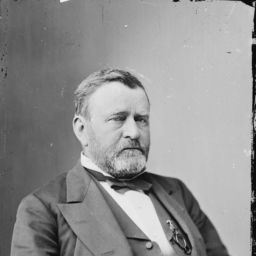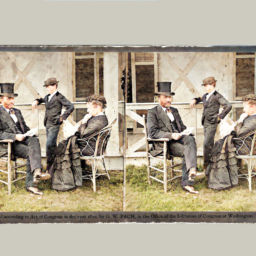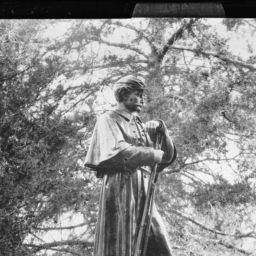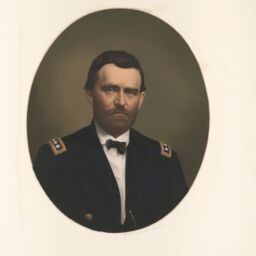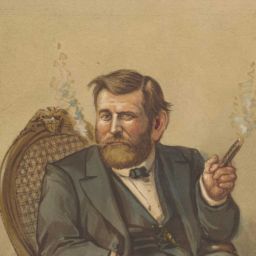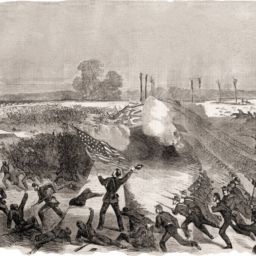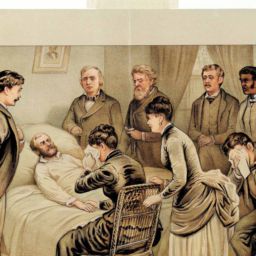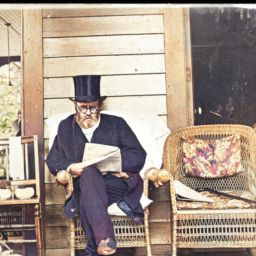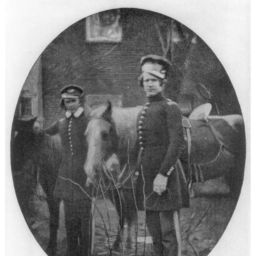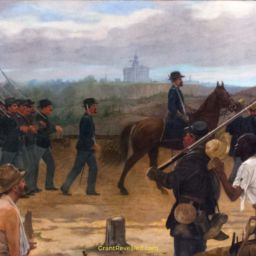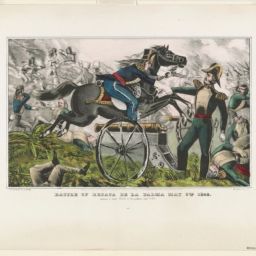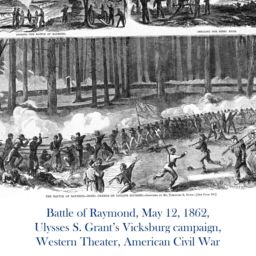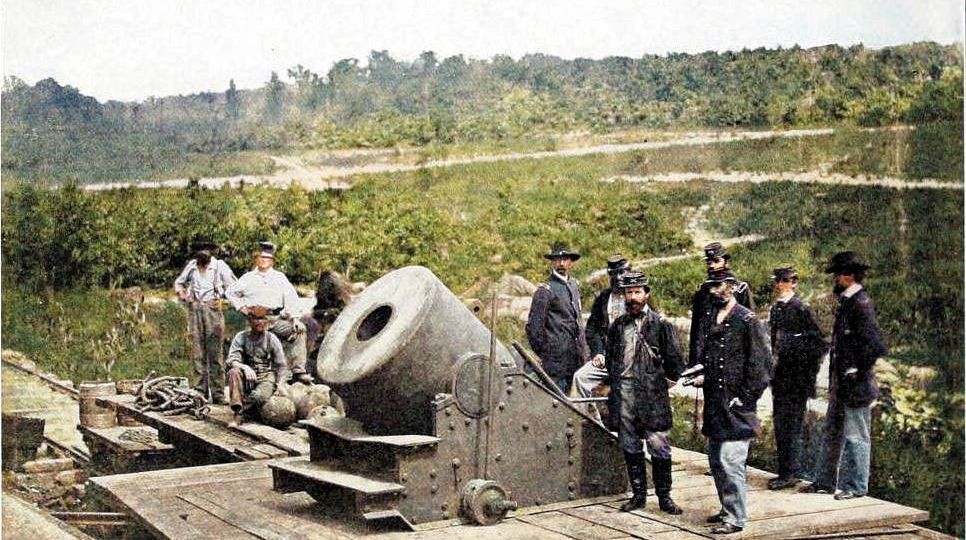
American Civil War, Eastern Theater, Petersburg campaign. July 5, 1864, saw Lieutenant General Ulysses S. Grant, stationed in City Point, Virginia, amid the siege of Petersburg, busy with communications.
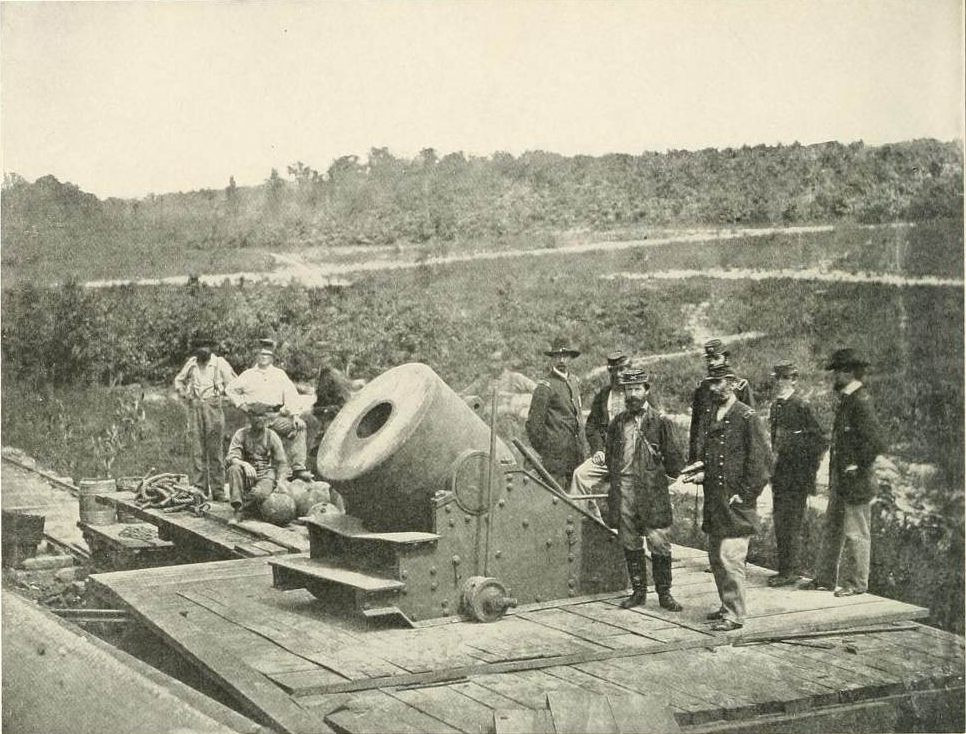
In official communications, he dealt with the Confederacy’s last invasion of the North. The Confederate general Jubal A. Early and his Army of the Valley sought to raid Washington, D.C. and disrupt operations of the Baltimore and Ohio Railroad, the “B & O” railroad.
Grant notified Major General George G. Meade, the commander of the U.S.’s Army of the Potomac:
The enemy have got to the B & O road and have destroyed the railroad bridge from Pattersons Creek to Harpers Ferry Send in one (1) good Division of your troops & all the dismounted Cavalry to be forwarded at once I will not send an army Corps until more is learned I will order the Q. M. here to have transportation ready (Papers 11:172)
To the above, Meade telegraphed back to Grant:
The following information obtained from two deserters who came in this morning is sent to you for what it is worth.-‘They state it to be currently reported at Richmond & in Petersburgh (sic) that Early in command of two Divisions of Ewells Corps with Breckenridges command & other forces was making an invasion of Maryland with a view of capturing Washington supposed to be defenceless-It was understood Early would reach Winchester by the 3d inst’- (Papers 11:172)
In fact, on July 5, Early began crossing the Potomac River into Maryland at Shepherdstown. On July 6, Grant dispatched reinforcements that arrived in the nation’s capital and in Baltimore on July 7, a day after Early captured Hagerstown, Maryland, where $20,000 was demanded from its citizens (Bowman 213–214).
Also on July 5, 1865, in a letter to Joseph Russell Jones, a successful businessman friend from Galena, Illinois, and who President Lincoln had appointed U.S. Marshall for the Northern District of Illinois, Grant offered an optimistic view of the war’s outcome:
You people up North now must be of good cheer. Recollect that we have the bulk of the Rebel Army in two grand Armies both besieged and both conscious that they cannot stand a single battle outside their fortifications with the Armies confronting them. The last man in the Confederacy is now in the Army. They are becoming discouraged, their men deserting, dying and being killed and captured every day. We loose (sic) to (sic) but can replace our losses. If the rebellion is not perfectly and thoroughly crushed it will be the fault and through the weakness of the people North. Be of good cheer and rest assured that all will come out right. Yours Truly, U.S. Grant
IMAGE
(Also see below with full caption.) [The “Dictator” siege mortar at Petersburg], 1864. In The Photographic History of The Civil War in Ten Volumes: Volume Three, The Decisive Battles. New York: The Review of Reviews Co., 1911. https://archive.org/details/photographichist03mill/page/186/mode/1up?view=theater.
SOURCES
Bowman, John S., ed. The Civil War Almanac. New York: World Almanac Publications, 1983.
Simon, John Y., “The Papers of Ulysses S. Grant, Volume 11: June 1-August 15, 1864” (1984). Volumes of The Papers of Ulysses S. Grant. 16. https://scholarsjunction.msstate.edu/usg-volumes/16.



